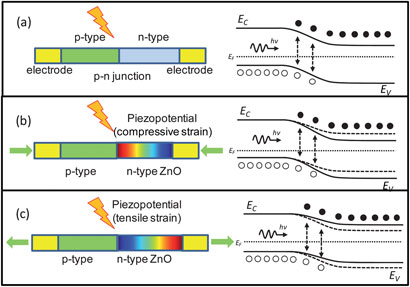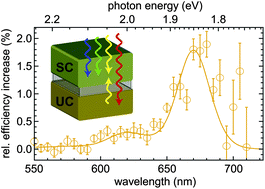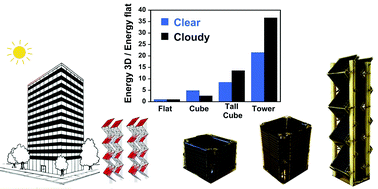The significance of new solar cell technologies tends to rest heavily on their measured efficiency. But compounding small mistakes in measuring that efficiency can lead to values up to five times higher than the true reading, says Henry Snaith from the University of Oxford, UK.
Snaith has therefore set out a guide that illustrates the factors that should be taken into consideration when measuring efficiency, and outlines the potential sources of error. It is an attempt to restore confidence in literature claims and make them more easily comparable – both within fields and across different types of cells including dye-sensitised solar cells (DSSCs), organic photovoltaics and hybrid solar cells. The guidance includes how to mask cells to get an accurate measure of the test area; the type of lamps to use and how to calibrate them; and the importance of positioning the cell in exactly the same place as the calibration reference.

|
Photographs of liquid electrolyte-based dye-sensitised solar cells with different masking configurations, including no mask and set on its side. The active area of None is taken to be the area of the screen printed dye-sensitised TiO2 dot, Mask and Mask + Edge are taken to be the area of the square mask aperture and Side-on is the same as None
|
‘There’s an ongoing stream of papers in which it’s not entirely clear exactly how the measurements have been made,’ says Snaith. And worse than that, some papers claim values that appear to be grossly overinflated. That has an impact on genuine claims, Snaith explains. ‘If, for example, someone claims their hybrid solar cell has an efficiency of 4% when it’s really more like 1%, that makes it problematic for someone else to write an exciting paper when they’ve genuinely improved something to 1.5%.’
Read the paper from Energy & Environmental Science:
How should you measure your excitonic solar cells?
Henry Snaith
Energy Environ. Sci., 2012, Accepted Manuscript
DOI: 10.1039/C2EE03429H














